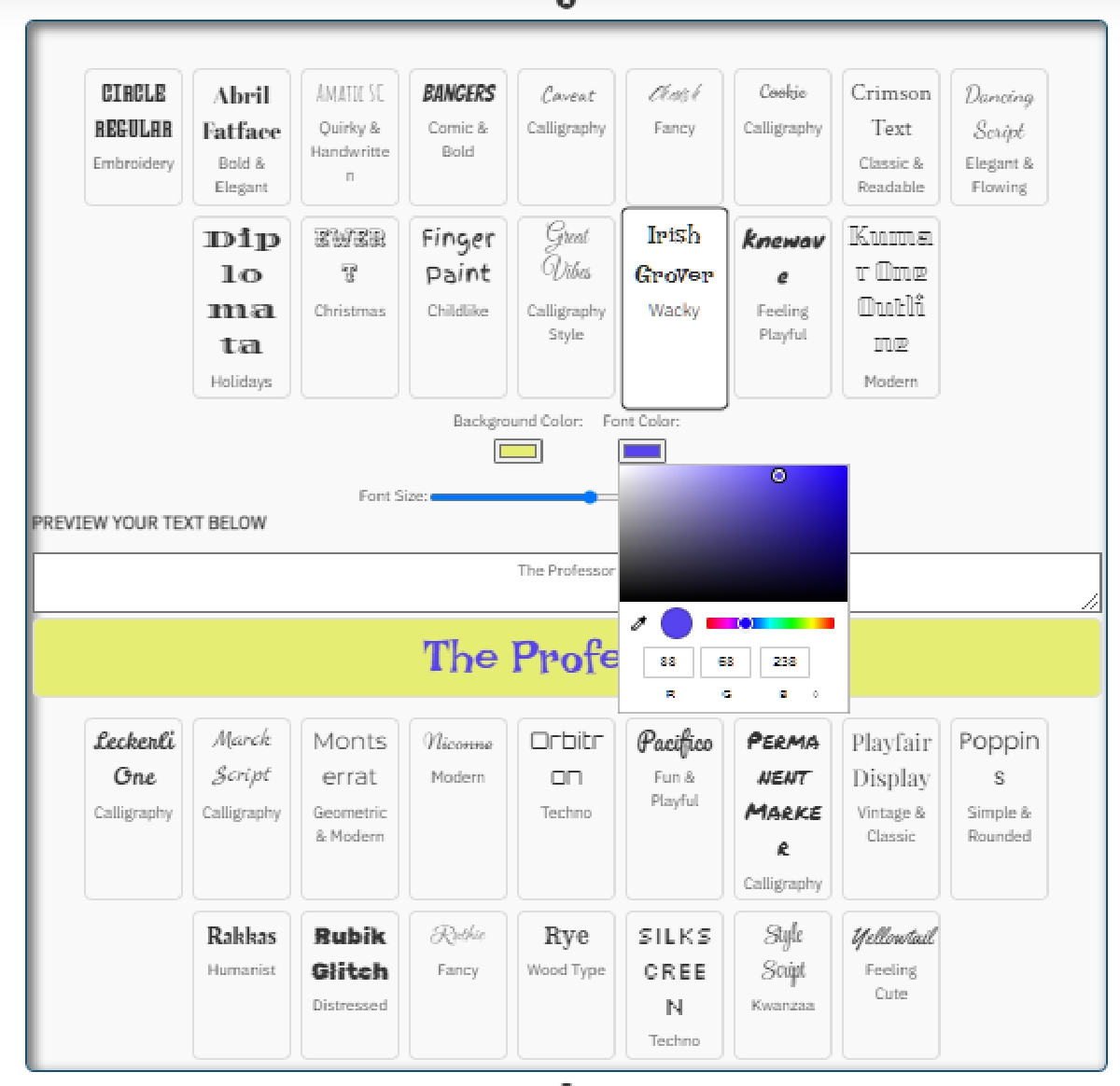
Do Cookie Consent Banners Really Work?
How to Spot GDPR/PECR Violations (and Test Your Own Site)
by The Laughing Professor - User-First SEO, Always Honest.Let's be real - nearly every website
throws a cookie consent banner in your face. "We use cookies to improve your experience," they
say.
But here's the question: do those "Decline" buttons actually do anything?
Most of them don't.
Many banners still fire tracking cookies
before you even click a thing. Others bury the decline button behind layers of
options, or worse - don't give you one at all.
That's why I built the Cookie Truth Analyzer Test - to show users and webmasters what really happens when that cookie banner pops up.
This post explains exactly how cookies work, how GDPR and PECR regulate them, common violations, how to test your own website using the Cookie Test widget, and how to stay compliant without lying to your visitors.What Are Cookies and Why Are They Used?
Cookies are small text
files your website places on a visitor’s device. They store bits of information
- session IDs, preferences, tracking data, and login tokens.
Here's a breakdown
of how cookies are used (and misused):
| Type | Purpose | Risk | | -----------------------
| --------------------------------------------------- | ------------------------
| | **Necessary cookies** | Keep users logged in, remember cart items, security
| ? Usually compliant | | **Preference cookies** | Remember choices like dark
mode or language | ? Usually compliant | | **Analytics cookies** | Track user
behavior and traffic | ?? Require prior consent | | **Advertising cookies** |
Profile users across sites for targeting | ? High privacy risk | | **Third-party
cookies** | Set by external services (ads, pixels, embeds) | ? Often deceptive
| |
GDPR, ePrivacy Directive, and PECR Explained
GDPR (General Data Protection Regulation)The GDPR treats cookies that can identify a user as personal data.
This means you must have a lawful basis to process them - typically, consent.
To be valid, consent must be:
Freely given (no forced cookie walls)
Specific (by category: analytics, marketing, etc.)
Informed (clearly explains purpose and data sharing)
Unambiguous (no pre-checked boxes)
Withdrawable (users can easily change their choice)
ePrivacy Directive (the "EU Cookie Law")
This is the rule that says you cannot store or access cookies on a user’s device without prior consent (except for strictly necessary cookies).In short - if you're dropping tracking cookies before a user clicks Accept, you're already breaking the law.
PECR (UK)
PECR is the UK’s version of the ePrivacy Directive, enforced by the ICO. It requires the same prior consent and transparency.Together with the UK-GDPR, it's what governs most UK-based and international websites targeting UK visitors.
Common Violations & Deceptive Practices
Here’s what most sites get wrong:When any of those happen, your site is non-compliant - period.
How to Test Your Site with the Cookie Truth Analyzer
I created the Cookie Truth Analyzerto reveal what really happens behind your banner.
Step-by-step:
Example Console Code
Below is an example of what the test runs under the hood:// Simple cookie
consent audit example
(function auditCookies() {
const beforeConsent =
[];
const afterConsent = [];
const origSetCookie = document.__lookupSetter__('cookie');
Object.defineProperty(document, 'cookie', {
configurable: true,
enumerable:
true,
set: function (val) {
if (!window.userHasConsented) {
beforeConsent.push(val);
} else {
afterConsent.push(val);
}
if (origSetCookie) origSetCookie.call(document,
val);
},
});
window.addEventListener('click', e => {
if (e.target.closest('.cookie-accept-button'))
window.userHasConsented = true;
});
setTimeout(() => {
console.log('Cookies
set BEFORE consent:', beforeConsent);
console.log('Cookies set AFTER consent:',
afterConsent);
}, 4000);
})();If you see cookies or third-party requests appear in the "before consent" list - your cookie banner fails compliance.
How a Compliant Cookie Banner Should Behave
To be safe (and honest), follow these best practices:
Remember: compliance isn't just about avoiding fines - it's about trust.
Why Cookie Deception Hurts SEO and User Trust
If users don't trust you, they leave.
If regulators catch you, they fine you.
And if your banner lies to Googlebot, your SEO trust can drop too - because Google now evaluates user experience and transparency as ranking signals.
An honest, transparent cookie system helps you build long-term credibility - both with humans and algorithms.
Test Your Site Honestly
Don't guess whether your cookie banner is compliant - prove it.Try the Cookie Truth Analyzer now.
Enter your URL, see what fires, and get the truth about your site's tracking behavior.If the results aren't what you expected, I can help you fix it - properly.
The Laughing Professor:
"Business is about making money for your retirement. Retirement is about helping others succeed."
I build tools like this because users deserve the truth - not corporate cookie walls and hidden trackers.
Frequently Asked Questions
- 1.What is the purpose of cookies on websites?
Cookies store small pieces of data such as user preferences, login sessions, and analytics information. They make browsing smoother but can also be used for invasive tracking.
2. Are all cookies illegal under GDPR or PECR?No. Necessary cookies that support core site functions are allowed without consent. But analytics, marketing, and personalization cookies require prior consent.
3. How do I know if my cookie banner is compliant?Your banner is compliant if no non-essential cookies are fired before consent and users can easily reject or change settings. Tools like the Cookie Truth Analyzer help verify that.
4. What happens if my site violates GDPR/PECR cookie rules?The ICO and EU regulators can issue fines or warnings, but more importantly, you risk losing trust from users and clients who expect transparency.
5. Can I just copy another site's cookie banner?No - compliance depends on your cookies, your third parties, and your consent handling. Always audit your specific setup.

 29 years of #TheProfessor
29 years of #TheProfessor

 12% rewards for affiliate members
12% rewards for affiliate members

Leave a Comment